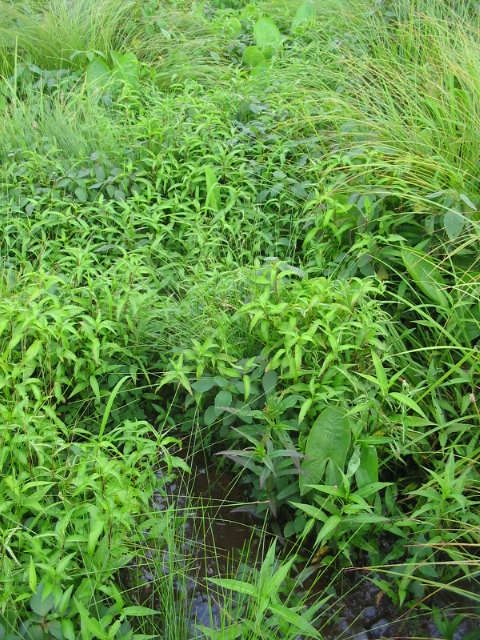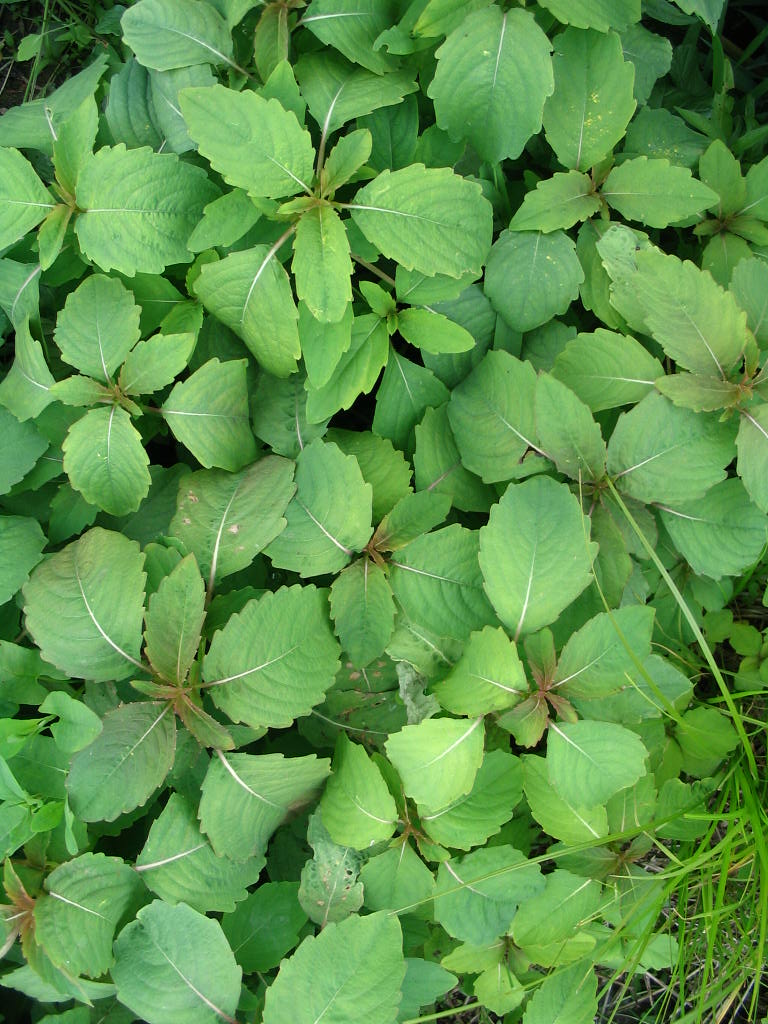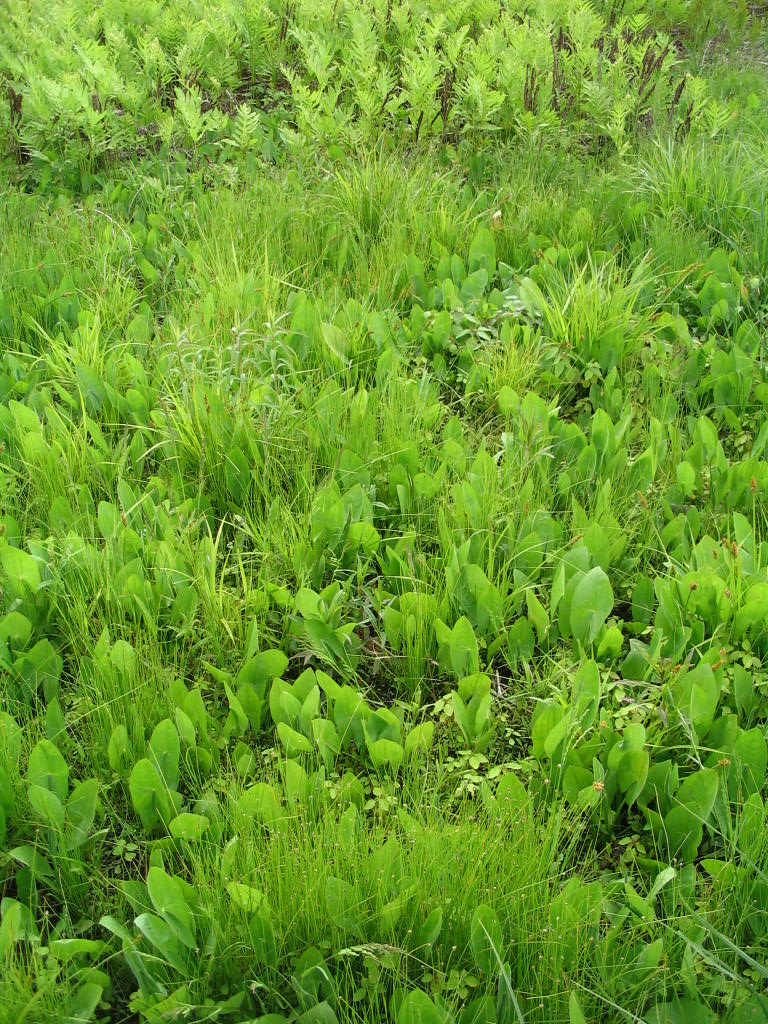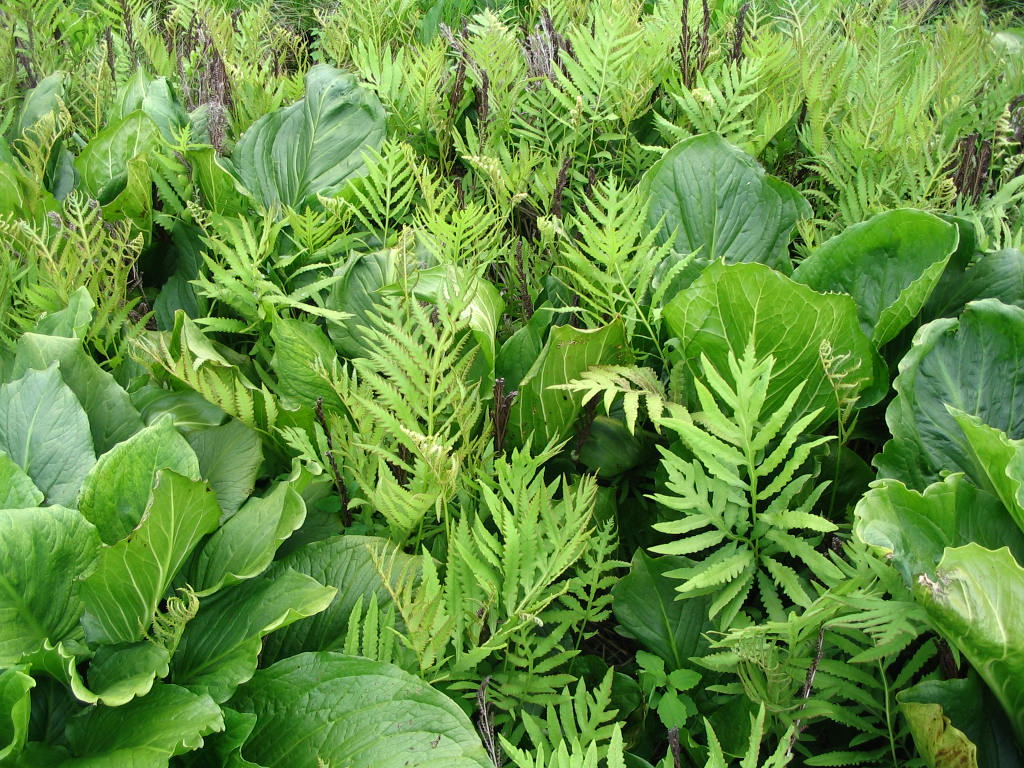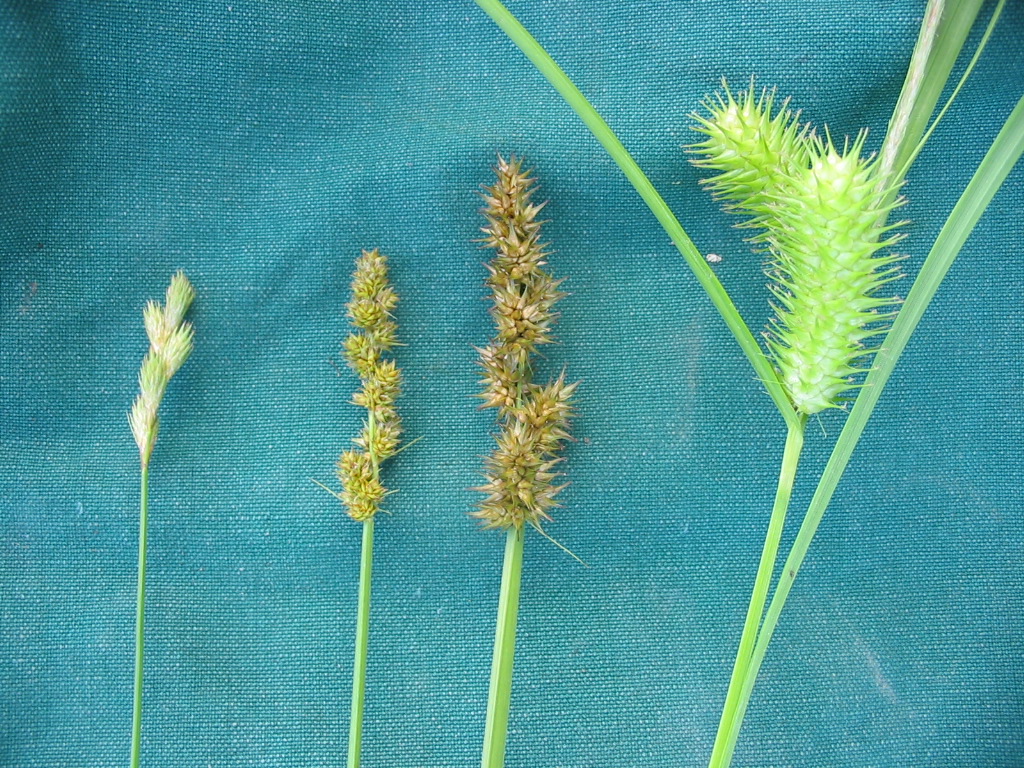Hydrophytic Vegetation :
Wetlands are areas that contain hydrophytic plants as the predominant vegetation. Hydrophytic vegetation are plants that have physiological or morphological adaptations to exist in the soils that are void of oxygen for a period of one week or more during their growing season. This is usually the result of periodic or permanent saturation of the soil, either by groundwater, surface water or adjacent bodies of water.The United States Fish and Wildlife Service (USFWS), in cooperation with the USACE, EPA and the Soil Conservation Service, has developed a classification system that assigns a “wetland indicator status” to most plant species. The indicator status is represented by a category that defines the estimated probability of a species occurring in wetlands. The status of plants can be found in the USFWS Biological Report 88 (26.1), National List of Plant Species That Occur in Wetlands: Northeast (Region 1).
Wetland Plant Indicator Rating Definitions :
OBLIGATE WETLAND (OBL) – Plants that occur almost always (estimated probability >99%) in wetlands under natural conditions.
FACULTATIVE WETLAND (FACW) – Plants that occur usually (estimated probability 67% to 99%) in wetlands, but also occur (estimated probability 1% to 33%) in non-wetlands.
FACULTATIVE (FAC) – Plants with a similar likelihood (estimated probability 33% to 67%) of occurring in both wetlands and non-wetlands.
FACULTATIVE UPLAND (FACU) – Plants that occur sometimes (estimated probability 1% to 33%) in wetlands, but occur more often (estimated probability >67% to 99%) in non-wetlands.
OBLIGATE UPLAND (UPL) – Plants that occur rarely (estimated probability of <1%) in wetlands, but occur almost always (estimated probability >99%) in non-wetlands under natural conditions.
NO INDICATOR (NI) – Plant species for which insufficient information was available to determine an indicator status.
A “+” sign following an indicator status (e.g. FAC+) denotes that the species generally has a greater estimated probability of occurring in wetlands than species having the general indicator status, but a lesser estimated probability of occurring in wetlands than those having the next highest general indicator. For example, a species with an indicator status of FAC+, occurs in wetlands more often than a species designated as FAC, but less often than a species having FACW-status.
A “–” sign following an indicator status (e.g. FACW-) denotes that the species generally has a lesser estimated probability of occurring in wetlands than species having the general indicator status, but a greater estimated probability of occurring in wetlands than those having the next lowest general indicator. For example, a species with an indicator status of FACW- occurs in wetlands less often than a species with a FACW status, but more often than a species having FAC+ status.
* (Corps of Engineers Wetlands Delineation Manual, Department of the Army, by Environmental Laboratory, January 1987.)
